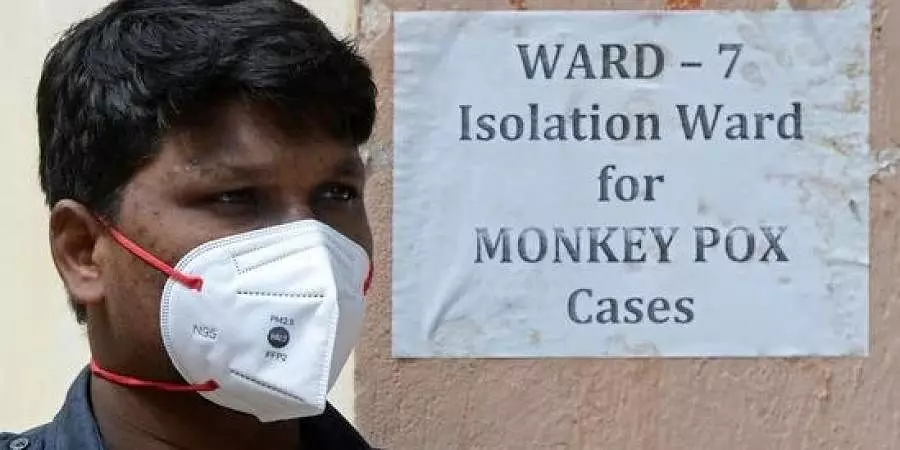
Monkeypox: Nigerian in Delhi test positive as India's eighth case
text_fieldsPhoto: AFP
NEW DELHI: Official sources on Tuesday said that a 35-year-old Nigerian man with no history of recent foreign travel has tested positive for monkeypox in Delhi, making it the eighth case in the country and third in the city.
He was admitted to Delhi's government-run LNJP Hospital on Monday, where he was said to be in stable condition.
Delhi's first monkeypox patient was discharged on Monday night.
A third case has been reported in Delhi, sources close to hospital officials monitoring the monkeypox situation confirmed.
"This man (third case) tested positive yesterday for monkeypox, but he is doing fine. Two suspected cases are also currently admitted at the LNJP Hospital's monkeypox isolation ward," the source told PTI.
"We are on alert and closely monitoring the situation," the source said.
The largest hospital under the Delhi government, the LNJP is the nodal center for the treatment of confirmed and suspected cases of monkeypox in the city.
The first person who reported monkeypox in Delhi and was admitted on July 22, was discharged on Monday, sources said.
Although the 34-year-old from West Delhi has no history of international travel, he recently attended a stag party in Manali, Himachal Pradesh, reported by PTI.
A 35-year-old Nigerian resident of Delhi who has not traveled abroad recently has been diagnosed with monkeypox, official sources said on Monday.
He is the second person in Delhi to test positive for the infection, they said.
Monkeypox was recently declared as a global public health emergency of international concern by the World Health Organization (WHO).
Globally, thousands of cases of monkeypox have been reported from several countries, and many cases of death have been reported from this viral zoonotic disease.
Human-to-human transmission occurs primarily through large respiratory droplets, says the Center's 'Guidelines on Management of Monkeypox Disease', which usually requires prolonged close contact.
It can be transmitted through direct contact with bodily fluids or wounds, and through indirect contact with contaminated clothing or linens of an infected person.
The disease can be transmitted from animals to humans through the bites or scratches of infected animals or through the preparation of bush meat.























